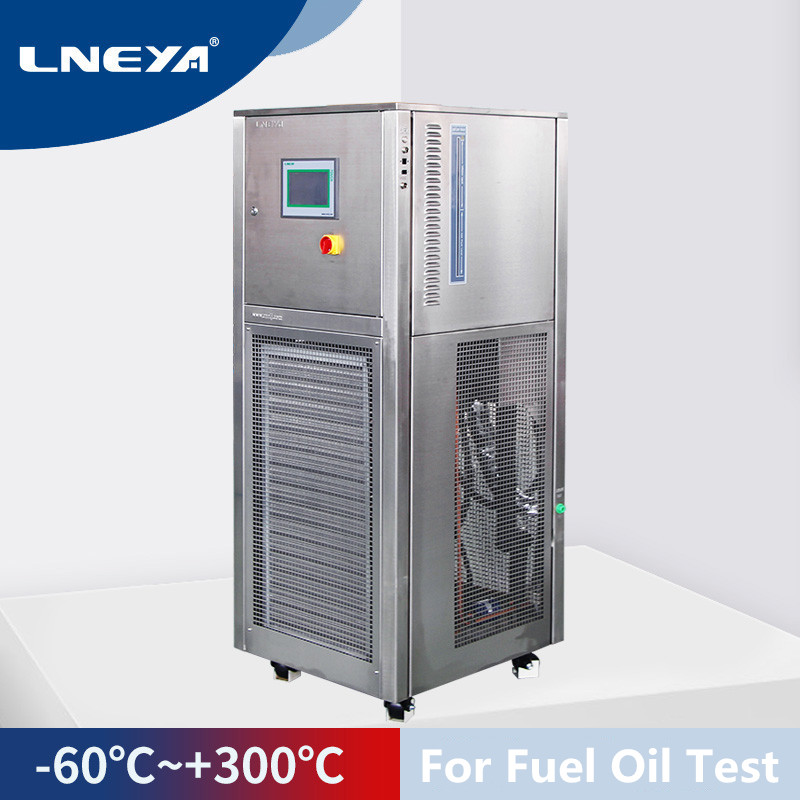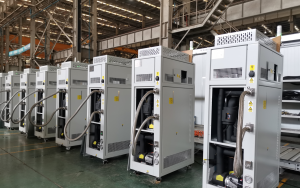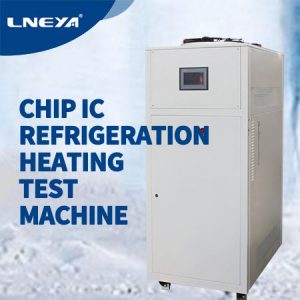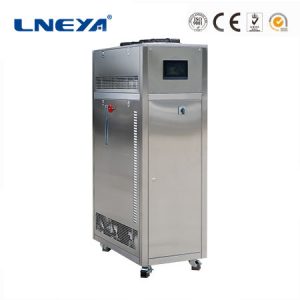Precautions for the use of chemical refrigeration and heating circulation systems
In chemical production, the reaction will generate heat, which will cause the heat to be uneven. If it is not discharged in time, it will increase the temperature in the kettle and cause danger. The existing heating system of the reactor is relatively simple, and the process of reducing the temperature in the reactor to room temperature takes a particularly long time, and the heat energy cannot be used rationally, resulting in a waste of some resources. However, if the waste heat is released too much, the overall temperature will drop unstable, and the product quality will be affected. Therefore, it is very important to have a cooling and heating cycle system.

The characteristic of the reactor is that the volume and heat capacity are very large, and endothermic and exothermic reactions can occur at any time, so the entire process time will be lengthened when collecting. When the polymerization reaction occurs in the reactor, the chemical raw materials are changing, which will cause changes in the process and materials, and a series of endothermic and exothermic reactions occur. Therefore, the chemical production itself is very complicated.
Points for attention in the use of chemical refrigeration and heating cycle systems
(1) When the reactor is in operation, it needs to strictly follow the relevant standards to prevent over-temperature and over-pressure.
(2) Strict temperature control in accordance with requirements.
(3) It is necessary to prevent the superposition of temperature difference stress and internal pressure stress to ensure that the equipment does not appear to be strained.
(4) The ratio of ingredients must be strictly controlled to prevent violent reactions.
With the rapid development of society, in order to adapt to the current development needs of the chemical industry, it is necessary to strengthen temperature control in the chemical production process and optimize the design of the temperature control system to ensure that it meets the requirements for use and ensures the normal operation of the equipment.
Related recommendations
-
Small coup to deal with ice blockage of high and low temperature liquid circulating chillers
820In the operation of high and low temperature liquid circulating chillers, ice blockage is a relatively common fault. Based on the experience of relevant manufacturers, we have specially compiled relevant tips for dealing with ice jams. In the pip...
View details -
Chip IC dedicated refrigeration heating test machine instructions
1045The semiconductor chip Chiller is a temperature test simulation used in semiconductor testing. As a professional manufacturer, LNEYA has a wide temperature orientation and high temperature rise and fall, and the temperature range is -92 ° C ~ 250 ...
View details -
Principle Analysis of Glycol Chiller
1088Glycol chiller is an industrial chillerwith glycol as refrigerant. The structure of glycol chiller is roughly the sameas that of ordinary industrial chiller, which is composed of compressor,evaporator, condenser and electric control system. ...
View details -
Test of working temperature of electric vehicle power battery
1000The normal working temperaturerange of power batteries for electric vehicles is -30 ~ 52 ° C, and the workingtemperature range is -46 ~ 66 ° C, which is difficult to achieve with existingpower batteries. Although local warming measures can be u...
View details
 LNEYA Industrial Chillers Manufacturer Supplier
LNEYA Industrial Chillers Manufacturer Supplier













